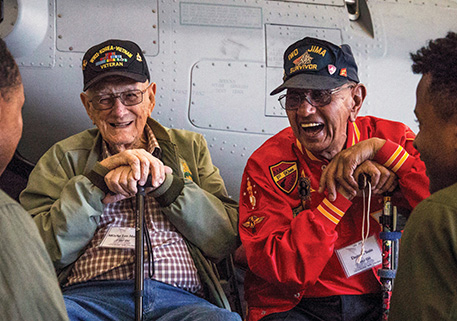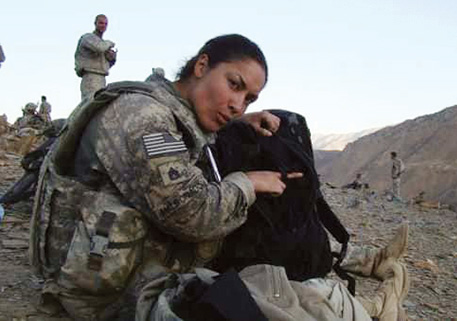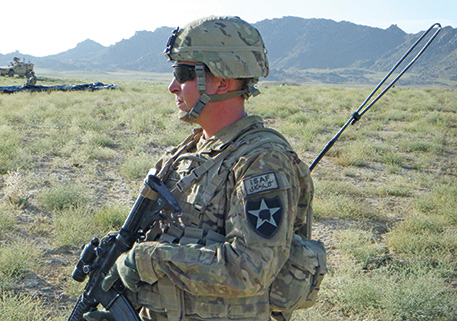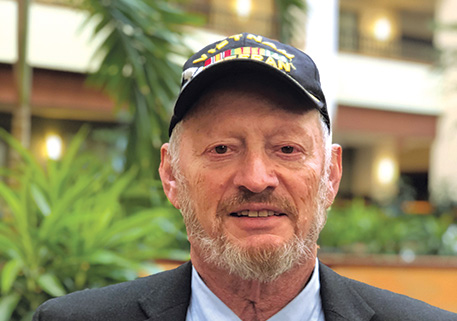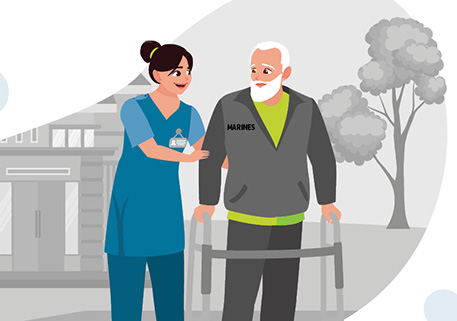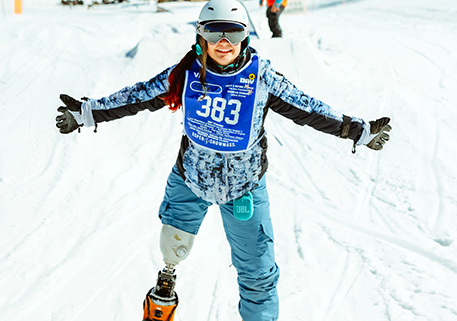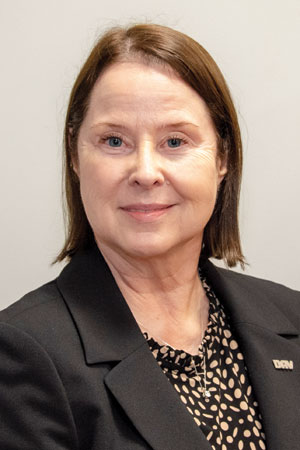
Although the Department of Veterans Affairs is responsible for caring for all veterans enrolled in VA health care, the agency was designed, built and realized with men—the warfighters of the day—in mind. That’s not to lob any unfair criticism at the VA, but as women continue to join the military in record numbers and seek VA care following their service, it is incumbent on the department to offer the best, most inclusive care for everyone who has selflessly worn our nation’s uniform.
Women represent the fastest-growing veteran demographic. According to the VA, there are more than 2 million women veterans in the United States today, and women are expected to make up 18% of all veterans by 2040. To put that into perspective, women made up just 4% of veterans in 2000.
Yet in a 2018 VA survey, a quarter of women veterans reported harassment from other veterans when visiting VA health care facilities. To make matters worse, a 2020 Government Accountability Office report found the VA lacked proper practices to effectively address these cases.
To his credit, VA Secretary Denis McDonough has pledged to end gender-based harassment at VA facilities and to make them a safe and welcoming environment for veterans and staff alike. One crucial component for achieving this change is forming the Sexual Assault/Sexual Harassment Prevention and Response Working Group. That requirement was included in the Johnny Isakson and David P. Roe, M.D. Veterans Health Care and Benefits Improvement Act of 2020. That DAV-backed legislation became Public Law 116-315 this past January.
Specifically, the law requires the VA secretary to develop “an action plan for addressing changes at the local level to reduce instances of harassment and sexual assault.” It also instructs the department to conduct bystander intervention training, which will teach veterans and VA employees how to identify and step in if they witness harassment of veteran patients or staff.
The legislation also requires the establishment of the Office of Women’s Health within the VA and authorizes $20 million for retrofitting VA medical facilities to improve care standards for women veterans. We know women’s service carries the same risks and can have the same impact on their health as it does on men, which is why we will continue our fight to ensure VA programs and services reflect the reality of women serving in today’s military.
As women continue to serve our nation, DAV will continue to advocate on their behalf to ensure they have equal access to VA benefits and effective health care services they need and deserve to recover from injuries and illnesses sustained during their military service and an opportunity to successfully transition to civilian life.

